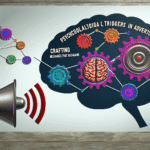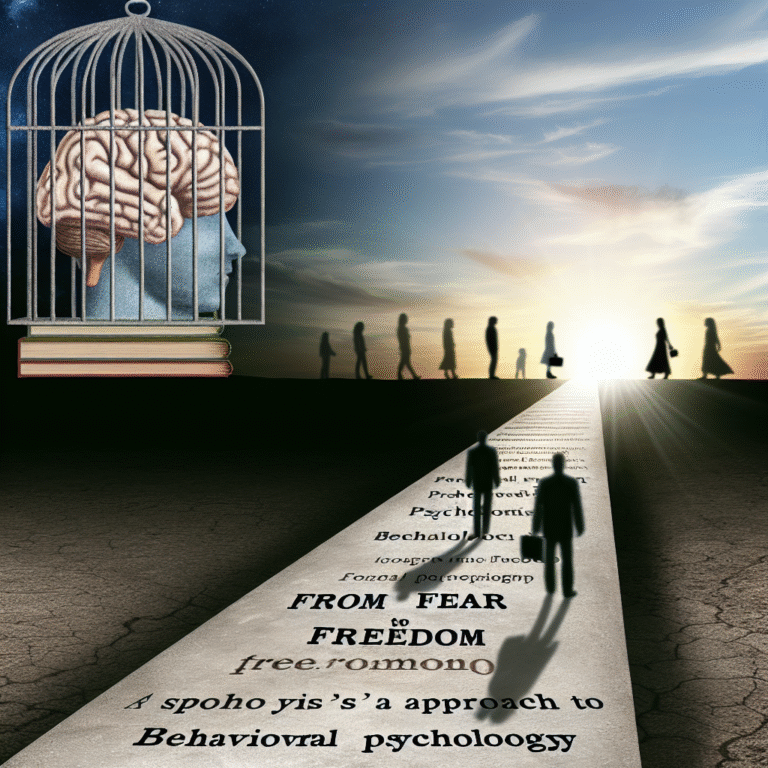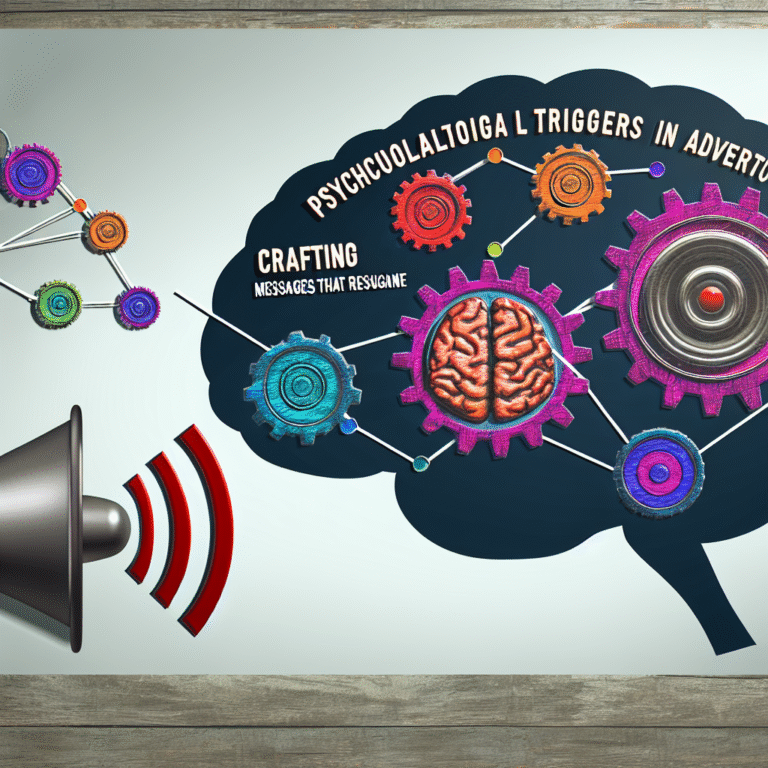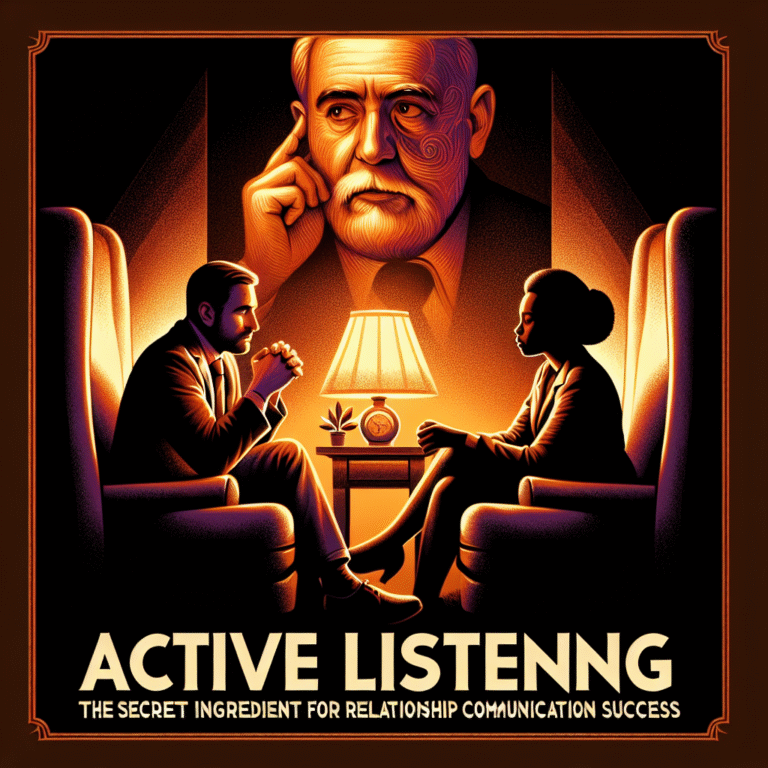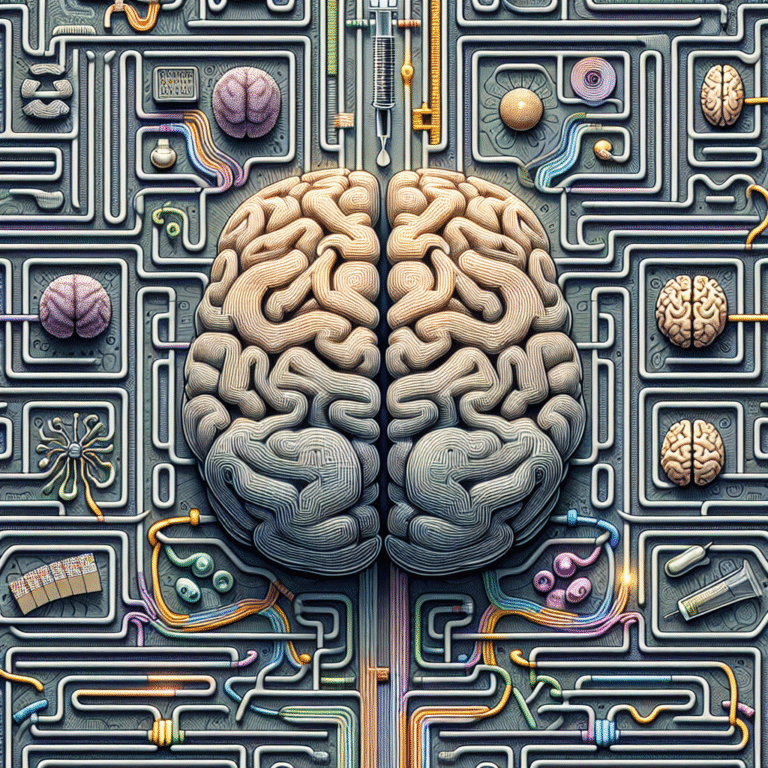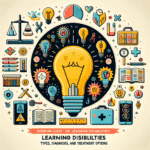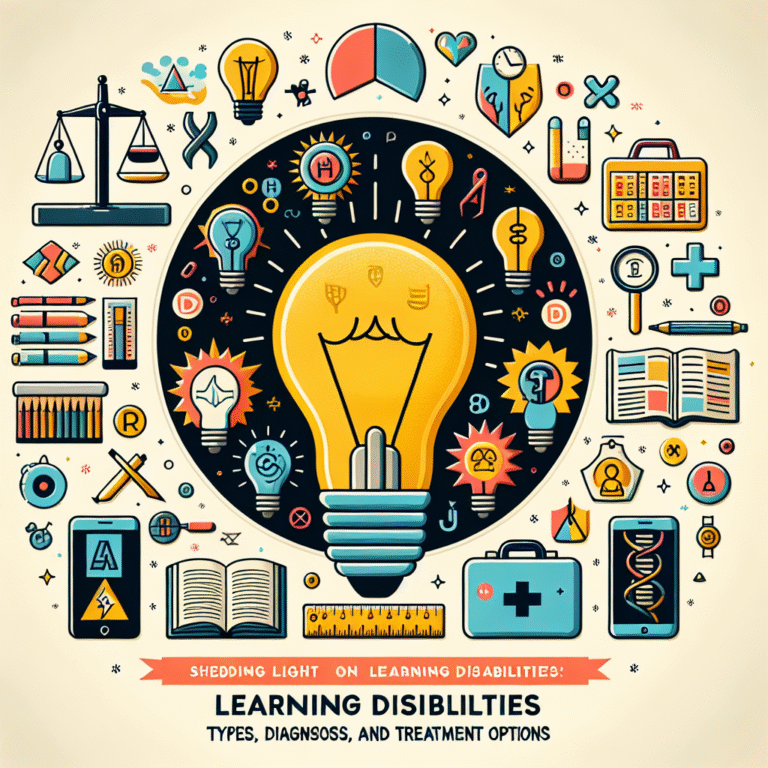
From Skinner to Today: The Ultimate Evolution of Learning Theories in Behavioral Psychology
Introduction
In a world dominated by rapid technological advancement and an ever-evolving understanding of human behavior, the principles of behavioral psychology remain as relevant as ever. From the foundational ideas proposed by B.F. Skinner to the contemporary methods employed in various learning environments, the evolution of learning theories in behavioral psychology has significantly shaped education, therapeutic practices, and organizational training. This exploration of "From Skinner to Today: Evolution of Learning Theories in Behavioral Psychology" will provide insights that not only articulate the journey of these theories but also underscore their crucial impact on how we learn and grow in various settings.
The Foundations: B.F. Skinner and Operant Conditioning
The Pioneer of Behavioral Psychology
B.F. Skinner’s contributions laid the groundwork for modern learning theories. His work in behaviorism emphasized that behaviors could be shaped through reinforcements and punishments, a concept known as operant conditioning.
Case Study: The Skinner Box
Skinner’s famous experiments utilized a contraption known as the “Skinner Box,” designed to observe how animals, particularly rats and pigeons, learned through rewards (food) or consequences (electric shocks). This controlled environment allowed researchers to measure the intensity and duration of learning, establishing critical principles of behavior modification that extend to human learning scenarios today.
Key Insights from Skinner’s Approach
- Reinforcement: Positive reinforcement (adding a rewarding stimulus) increases the likelihood of a behavior, whereas negative reinforcement (removing an aversive stimulus) also promotes behavior change.
- Behavior Modification: Systematic changes can lead to significant behavioral improvements, underscoring the ability to teach and modify behaviors.
The World of Behaviorism: A Timeline
| Year | Key Development | Theorist |
|---|---|---|
| 1938 | Publication of The Behavior of Organisms | B.F. Skinner |
| 1940s-50s | Influence of Behaviorism on Education | Various Theorists |
| 1970s | Development of Cognitive Behavioral Therapy | Aaron T. Beck |
| 1980s-present | Integration of technology in behavioral approaches | Various |
The Transition: From Behaviorism to Constructivism
Critiques and Expansions of Behavioral Theories
As time went on, critics of Skinner’s purely behaviorist approach pointed out that it often neglected cognitive processes. Learning is not solely about external reinforcement; internal thought processes play a significant role. This led to the emergence of cognitive psychology which advanced into constructs like constructivism.
Case Study: The Role of Social Constructivism
Lev Vygotsky’s social constructivism highlights the importance of social interactions in learning. This theory emphasizes the ways in which learners construct knowledge through social engagement rather than in isolation.
Bridging the Gap: Integrating Cognition with Behavior
The integration of cognitive theories with behavioral approaches resulted in what is known as Cognitive Behavioral Therapy (CBT). This modern evolution of learning theories respects the foundational aspects of Skinner’s work while adding dimensions of mental processes.
Key Insights from Integration
- Dual Approach: Recognizing both external reinforcements and internal thought processes deepens our understanding of how learning occurs.
- Therapeutic Applications: Techniques from CBT are widely applied to treat anxiety and depression, showcasing the real-world relevance of integrating behavioral psychology.
Contemporary Learning Theories: Constructivism and Beyond
The Emergence of Constructivism
Moving further into the present, constructivism has become a dominant model in education, promoting the idea that learners construct their own understanding and knowledge through experiences.
Case Study: Project-Based Learning (PBL)
Project-Based Learning (PBL) emphasizes active learning where students gain knowledge through engaging experiences and collaborative tasks. For instance, in a PBL environment, students might tackle a real-world problem, engaging their critical thinking and collaborative skills in the process.
The Influence of Technology
The digital age has revolutionized approach to learning. Platforms utilize principles from behavioral psychology for effective online learning experiences and adaptive learning technologies.
Key Insights on Technology and Learning
- Adaptive Learning Systems: These systems use algorithms to adapt content in real-time based on students’ responses.
- Gamification: Incorporating game mechanics into learning environments enhances engagement and motivation, applying Skinner’s reinforcement principles effectively.
The Role of Neuroscience in Learning Theories
Bridging Psychology with Neurology
The integration of neuroscience with behavioral psychology has provided deeper insights into how learning occurs at a biological level. Understanding neural pathways is essential for tailoring effective educational approaches.
Case Study: Neurofeedback in Learning
Neurofeedback practices allow individuals to gain awareness of their brain activities using real-time displays of brain function. This technique merges behavioral outcomes with neurological discoveries, enhancing focus and learning efficacy.
Key Insights on Neuroscience
- Brain Plasticity: The brain’s ability to change and adapt ties closely with behavioral practices; understanding this can enhance teaching strategies.
- Personalized Learning: Neuroscience enables more tailored educational approaches catering to individual learning needs.
The Future of Learning Theories: Blending Approaches
Moving Towards a Holistic Understanding
The evolution of learning theories in behavioral psychology suggests a trend towards an integrated, multi-faceted approach. Going forward, the intersection of emotional, cognitive, and behavioral insights will shape educational practices.
Key Areas of Focus
- Emotional Intelligence: Recognizing the role of emotions in learning processes aligns with a holistic view.
- Cross-disciplinary Approaches: Combining insights from psychology, education, and technology can enhance learner outcomes.
The Impact of Lifelong Learning
Today’s learners must engage with an ever-changing world. Lifelong learning approaches that recognize the ongoing evolution of learning theories will be essential. By applying principles from behavioral psychology at various life stages, individuals can achieve continuous growth.
Conclusion
The journey from Skinner’s foundational work to contemporary learning theories showcases a rich tapestry of ideas that continue to evolve. The understanding of learning as a dynamic and multifaceted process is more relevant today than ever.
By embracing the evolution from Skinner to today, educators, therapists, and leaders can implement strategies that nurture growth in diverse learners. The blend of behavioral and cognitive approaches underlines the importance of adaptability in our teaching methods, ensuring that we continue to foster environments where learners thrive.
FAQs Section
1. What is operant conditioning?
Operant conditioning is a learning principle developed by B.F. Skinner, emphasizing that behaviors can be shaped by rewards and punishments.
2. How has technology influenced learning theories?
Technology has facilitated the development of adaptive learning systems and gamified learning experiences, applying behavioral principles to enhance engagement.
3. What is the significance of constructivism?
Constructivism emphasizes the active role of learners in constructing their knowledge, highlighting the value of experiences and social interactions in learning.
4. How does neuroscience contribute to understanding learning?
Neuroscience offers insights into the brain processes involved in learning, emphasizing the importance of brain plasticity and personalized educational approaches.
5. What are some modern applications of behavioral psychology?
Modern applications of behavioral psychology include Cognitive Behavioral Therapy (CBT) for mental health, as well as various educational strategies that incorporate reinforcement and adaptation.
By understanding "From Skinner to Today: Evolution of Learning Theories in Behavioral Psychology," we empower ourselves to become more effective educators, leaders, and learners in an increasingly complex world.
